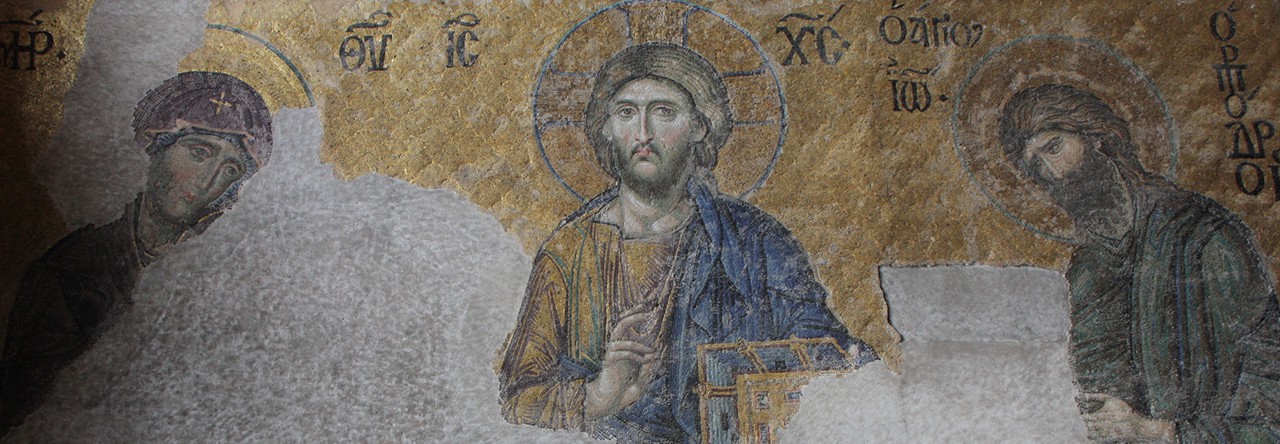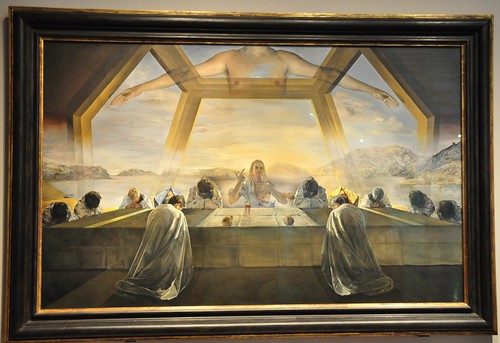This is the third blog in this series considering the book BAD RELIGION: HOW WE BECAME A NATION OF HERETICS by Ross Douthat. The first blog is A Recent History of American Heresy. The previous blog is Some American Heresies.
 Faced with rapidly changing political, moral and religious values in the last half of the 20th Century, some American Christian leaders tried an accommodation to the emerging culture to help make the church seem relevant to the times, while others tried to resist what was becoming the new norm in American religious thinking. But for Ross Duthat both efforts to deal with declining church numbers and a changing culture in the 1960s and ‘70s failed to see that unbelief was not the greatest threat to Christianity, but rather that all forms of Christianity were embracing heretical ideas thus distorting Christianity by conforming it to American values rather than trying to be the salt of the earth and a light to the nation. A blurring between church and state occurred for some American Christians as they endeavored to defend a notion that this is a Christian nation. Conservative Christians embraced conservative politicians, and the conservative politicians looking for votes welcomed these Christians into their ranks. The benefit for the Church, Douthat points out, was not that clear cut as is obvious during the presidency of George W. Bush:
Faced with rapidly changing political, moral and religious values in the last half of the 20th Century, some American Christian leaders tried an accommodation to the emerging culture to help make the church seem relevant to the times, while others tried to resist what was becoming the new norm in American religious thinking. But for Ross Duthat both efforts to deal with declining church numbers and a changing culture in the 1960s and ‘70s failed to see that unbelief was not the greatest threat to Christianity, but rather that all forms of Christianity were embracing heretical ideas thus distorting Christianity by conforming it to American values rather than trying to be the salt of the earth and a light to the nation. A blurring between church and state occurred for some American Christians as they endeavored to defend a notion that this is a Christian nation. Conservative Christians embraced conservative politicians, and the conservative politicians looking for votes welcomed these Christians into their ranks. The benefit for the Church, Douthat points out, was not that clear cut as is obvious during the presidency of George W. Bush:
“Having a conservative Evangelical in the White House, it turned out, didn’t necessarily make it easier for conservative Christians to win converts or to gain ground in moral and cultural debates. Indeed, in certain ways it seemed to make it harder. The president’s very public piety made it easy for his detractors to lay the blame for the administration’s policy failures at the door of Evangelical Christianity itself, so that the more things soured for the Bush administration, the more they soured for Evangelicals as well. And the extent to which Bush’s religious style ultimately polarized the country rather than uniting it hinted at deeper problems facing the Evangelical community—problems that limited their ability to fill the space that the Mainline had once occupied and that placed sharp constraints on their influence and growth.” (pp 136-137)
And as the image of the conservative church became tainted, conservative Christians further embraced American methods and values to try to correct the church and lead the nation. The media driven culture favors extroverted expressives as far more attractive for the “news.” Controversy of any kind attracts viewers and so controversy and frenzy is favored over substance. So Douthat comments:
“Worse, no sooner had Barack Obama succeeded Bush in the White House than there was an immediate search for the next political hero or heroine, the next godly Evangelical come to save the republic from itself. Many of the candidates for this role (including Sarah Palin, Michele Bachmann, and Rick Perry) embodied Evangelical politics at its worst: the tendency toward purely sectarian appeals, the reliance on the language of outrage and resentment, the conflation of partisanship with Christian principle and the confusion of the American political system with the Church itself.” (p 141)
 An over emphasis on seeing America as a Christian nation caused some to distort exactly what the Church is and is supposed to be. Media hype begins to determine who rises to leadership and even what the nature of leadership ought to be. A ‘superstar’ model of politician and televangelist emerges – not in the image of Jesus Christ but in the image of who are the most attractive kinds of people for the attention seekingAmerican media. It all creates a christianity without humility which truly can carry the label: Made in America!
An over emphasis on seeing America as a Christian nation caused some to distort exactly what the Church is and is supposed to be. Media hype begins to determine who rises to leadership and even what the nature of leadership ought to be. A ‘superstar’ model of politician and televangelist emerges – not in the image of Jesus Christ but in the image of who are the most attractive kinds of people for the attention seekingAmerican media. It all creates a christianity without humility which truly can carry the label: Made in America!
And while the American church and American Christians conformed themselves to the growing political partisanship, they failed to see that the interests of the Church were distinct from the interests of political parties, or that Christ had very ambivalent attitudes towards political power as seen in His proclaiming a kingdom not of this world. The Gospels in fact portray the power of the kingdoms of this world as really becoming to the Evil One (Luke 4:5). Satan made no exception for America in that claim. Regardless, many Christian began to feel the only real power of the Church is political power, a problem Christians in the 4th Century were not prepared to deal with when Constantine embraced Christianity. Byzantine emperors boasted that their armies could defeat Satan! And while many Americans would laugh at such a preposterous idea, American presidents also proclaimed that they could defeat evil. Distinctions between church and state, human hubris and godliness, or folly and evil all become blurred so that some imagine the state is doing what the church is supposed to do. They embrace the state as doing God’s will until they realize the state is also approving things the Church cannot. So as Douthat described it the political party in power has messianic delusions while the party out of power is proclaiming the apocalyptic end of the nation. And, it doesn’t matter which party is in and which is out for they easily change these ‘religious’ roles.
Meanwhile outside of American Christianity’s enmeshment with America’s political divide, other streams of thought within the theological world were also at work in the Church in America. A number of Christian scholars basically abandoned the Christian faith in favor of some supposedly neutral scholar position from which they could critique the Christianity. They rejected the “Jesus of faith” and pursued a search for a “historical Jesus.” This was a Jesus based in pure rationalism, who turned out to look a lot like 20th Century materialists might create Him. They made Jesus in their own image and sold the idea to America through books and movies. They endeavored to abandon anything that seemed in their minds mystical or theological and replace it with a more human and rational Jesus.
“Understandably, few of the thinkers invested in the quest for a ‘real Jesus’ want to admit that their journey backward through the Christian past dead-ends somewhere in the early second century, generations shy of Nazareth and Calvary. But this refusal has led the whole project inexorably downward—from scholarship into speculation, and rom history into conspiracy theory.” (pp 170-171)
Despite claiming to be in search of the ‘historical Jesus’, these scholars have to ignore the historical fact that their Jesus was an invention of a later century than the one portrayed in the Gospels. This historical Jesus may have been more palatable to these scholars stripped of faith, but the Jesus they created was not the Christ proclaimed in the First Century and which Tradition had faithfully preserved and handed down through the centuries. Nevertheless many American Christians were eager to abandon Tradition which faithfully preserved the earliest images of Christ in order to embrace a Jesus they were inventing and investing with ideas of their own.


Pingback: Some American Heresies | Fr. Ted's Blog
Pingback: The Heresy of God and Mammon | Fr. Ted's Blog